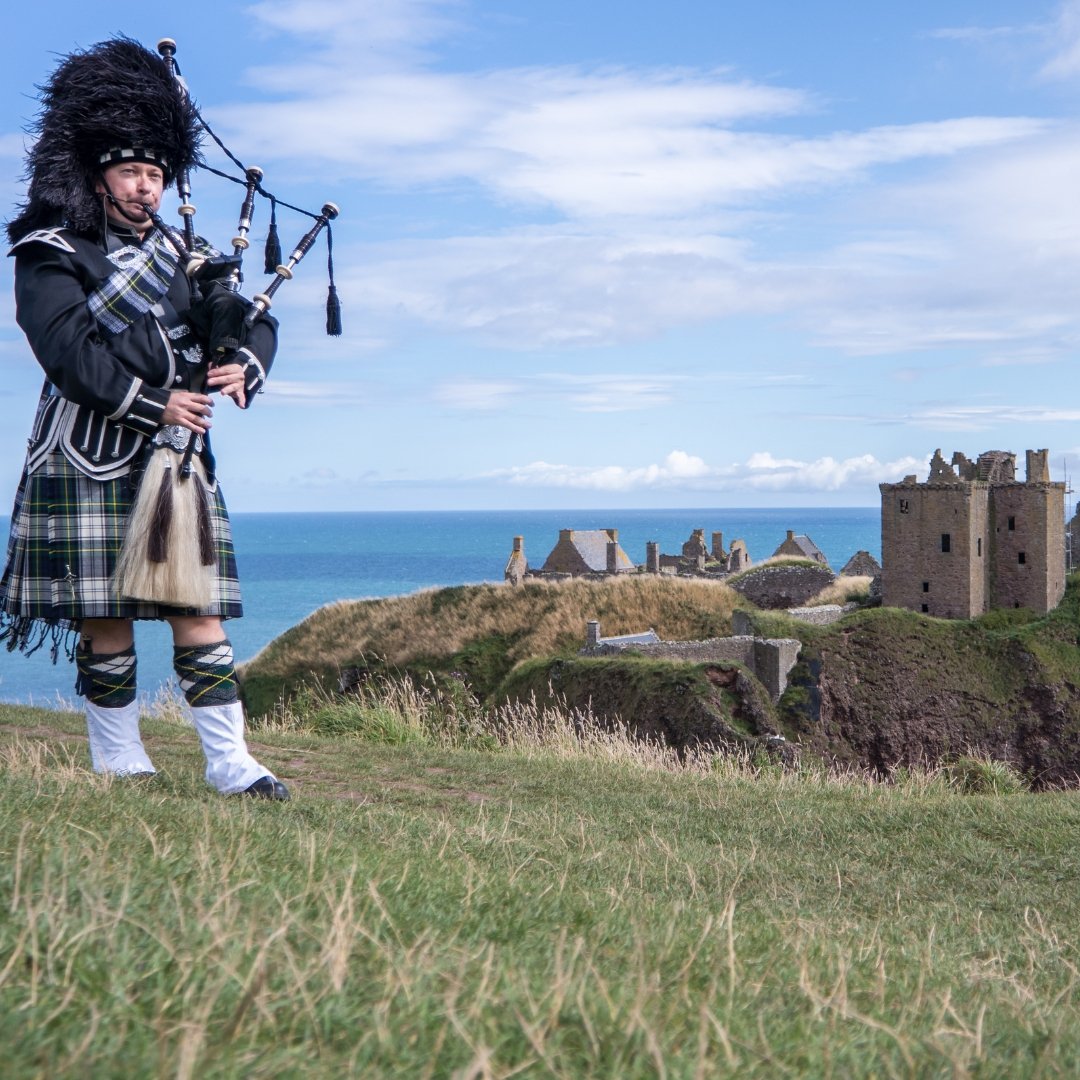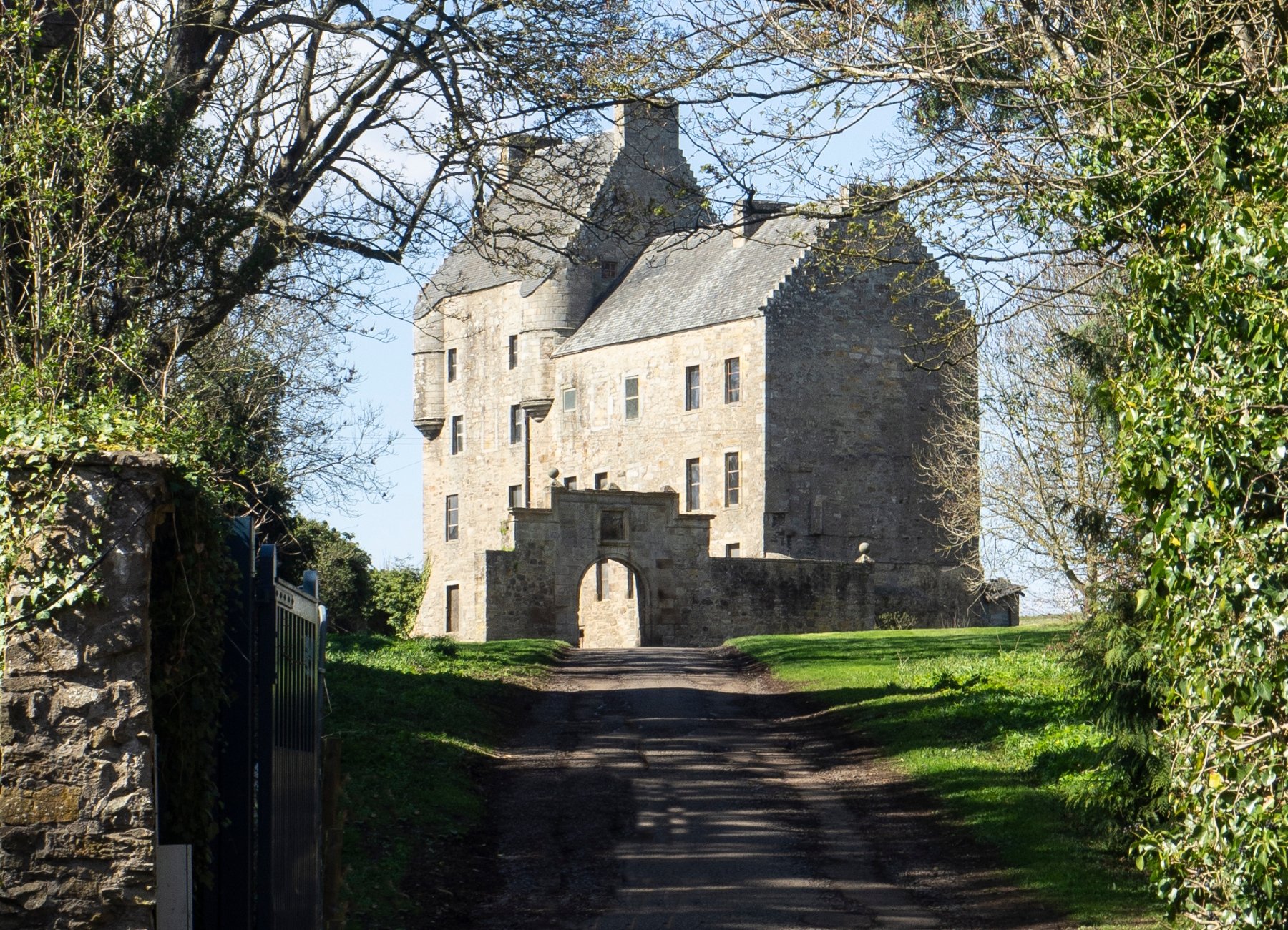The Scottish Bagpipes: A Short History
In the vibrant tapestry of Scottish culture, bagpipes, proudly hailed as Scotland's national instrument, stand as an essential pillar alongside tartan, kilts, haggis, whisky, and even the beloved Irn-Bru! Few travellers come to Scotland without an expectation to hear our countries traditional instrument and fewer still will leave without having heard them! (They are rather loud)
Interestingly though, delving into the history of the bagpipes reveals a surprising twist. Contrary to common perception, the bagpipes did not originate exclusively in Scotland. Their roots trace back to ancient Egypt before embarking on a journey through Europe and the Mediterranean, establishing connections with diverse corners of the globe.
As centuries unfolded, the evolution of bagpipes mirrored the societal changes in the regions where their distinctive melodies echoed. Let’s take a look at the legacy of the bagpipes and how they became an iconic figure of Scotland.
Transporting ourselves to medieval times at the Cistercian monastery of Santes Creus in Catalonia, Spain, a bagpiper's notes filled the air. Some historical accounts suggest the presence of bagpipes as early as 1000 BC, evidenced by a Hittite carving. However, prevailing consensus leans towards the idea that the Romans introduced bagpipes to Scotland. Legends even claim that the Roman Emperor Nero himself played these pipes, immortalised on ancient coins.
At Scotland’s Wild, our friendly, story-telling guides have led thousands of trips through Scotland. We share history, legends and tales to entice people to visit this incredible country!
If you’d like to check-out our selection of tours, from day trips to island hopping multi-day adventures - click here.
Dispelling the notion of a singular bagpipe, it's crucial to recognise the existence of various types, each intimately entwined with its unique cultural context. Enter the Great Highland Bagpipe, adorned with a sizeable air bag, three loyal drones, a tuneful chanter, and a lengthy mouthpiece – the quintessential pipe of Scotland. Integral to Gaelic culture, its grand melodies fall into the categories of ceòl mòr (great or big music) and ceòl beag (light music).
Despite the foggy historical backdrop, one cannot ignore the swift embrace of bagpipes by the Scots, seamlessly integrating them into their cultural tapestry, heritage, and rituals. In battles, the bagpipes served a dual purpose – not only as instruments of
war but also as formidable battle cries, instilling fear in the hearts of adversaries. Scottish Chieftains and monarchs alike were known to enlist a personal piper for all occasions.
Regardless of historical debates, one undeniable truth prevails – the bagpipes will forever hold a cherished place in the heart, heritage, and soul of Scotland.
It’s one thing to talk about and quite another to listen to bagpipes in person. A quick stroll through Edinburgh city will often reward you with the drone of a far off bagpiper somewhere in the city… but why not get right into the spirit of things and go to a celeidh (Tradition Scottish Dance) where you can learn to join in and have the best of fun!
For your next trip to Scotland, consider a private tour with us where our expert tour guides will take you on a fully personalised trip to see the BEST Scotland has to offer! Check it out here or see our fully formed group tour itineraries with the button below.









